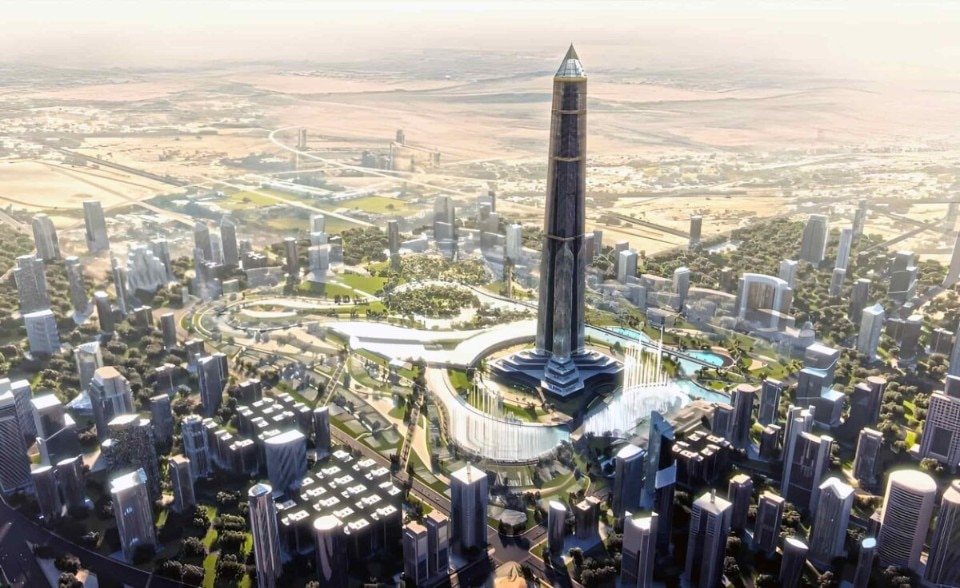Egypt is planning to build a sumptuous new capital city 45 kilometers east of Cairo on territory that is still completely desert. The city is the largest in a series of mega-projects that President Abdel Fattah al-Sisi says are necessary for the country’s economic development, predicting a growing population of 105 million.

Built on virgin land, the city is designed as a high-tech model for Egypt’s future, away from the clutter and chaos of Cairo. The government wants it to absorb part of Egypt’s population, which is estimated to be growing at 1.6 percent a year. Although the pace of construction seems to have slowed recently, the city's first phase already includes a 70-story tower-the tallest in Africa-an opera house with five halls, a mega mosque and the largest cathedral in the Middle East.
Last spring an electric train from eastern Cairo even went into operation, while so far some 100,000 housing units have been completed while 1,200 families have officially moved in.
Since 1984, Cairo's population has grown from around 8 million to more than 22 million, and this near tripling of the population has dramatically changed the country's footprint and internal balance, starting with basic needs such as food.
About 95 per cent of Egypt's population lives within 20 kilometres of the Nile River and its delta, relying on its fertile land and water. As domestic and agricultural demand increases, the country is projected to import more water than the Nile provides by the end of this decade.
The plan for the new megacity is therefore for a plant near the Cairo suburb of Maadi to send 800,000 cubic metres of scarce Nile water a day, starting in two years' time. According to current estimates, the two plants will consume about 1 per cent of Egypt's share of the Nile water.

